Feeling Bored ? All you have is google ?
Open Google
Search for "Atari Breakout"
Click on Images, for Image search
Feeling Bored ? All you have is google ?
Open Google
Search for "Atari Breakout"
Click on Images, for Image search
Edmund Thomas Clint was the only son of M.T. Joseph and Chinnamma Joseph, a couple who hailed from Kochi, Kerala. His life was cut short to just 2522 days due to his prolonged illness and suffering due to kidney malfunction from the age of two. But despite all those sufferings he completed 25,000 pictures which were indeed breathstaking!
Clint used every medium: chalk, crayons, oil paints, and water colours to create drawings and paintings that depicted the world as he saw it. His collection stunned art admirers and critics who were astounded by his maturity and convinced of his artistic genius.
Clint passed away a month short of his seventh birthday leaving behind a treasure trove of art work. He had the unique ability to understand how people felt, and drew inspiration from these powerful emotions. Despite his young age, Clint created art that depicted intense themes like death, solitude, and love. In addition to being an artist, Clint was also a voracious reader. He was drawn to the drama of epics like the Mahabharata and Ramayana and was keen on listening to adventure stories like Robinson Crusoe. His mind grasped every detail described in these stories and then expressed them as a colorful canvas.
Clint's father was an ardent fan of the Hollywood actor, Clint Eastwood, and gave his son the actor's name. After Clint passed away, Sivakumar, renowned documentary film maker from India, made a documentary on the young artist's life and work. The film was shown at international film festivals and Clint Eastwood saw the documentary in Brazil. The actor was so touched by the story of Clint that he sent a message of condolence to Clint's parents and expressed sorrow at the child's untimely demise.
If you’ve been to Bangalore’s Lal Bagh gardens, chances are you’ve probably seen the iconic 7-metre wide Floral Clock set that sits in the lawns just as you enter the main gate:
Pic – indiamike
That clock was made by HMT Watches, a government owned subsidiary of the Hindustan Machine Tools company, that is now being shut down after more than 5 decades of its existence.
If the name sounds familiar, it should—HMT Watches were market leaders in watch manufacturing and sales, being the first to introduce a multitude of models and different kinds of watches into India. One model, called ‘Kanchan’ was even known as the ‘dowry watch’, simply because entire weddings would be put on hold until the watch was made a part of the marriage agreement.
Pic – icultist | Flickr
Our grandfathers would sport HMTs, not because it was a status symbol, but because it was a home-grown piece of manufacturing that actually worked and stood the test of time, much like the Hindustan Ambassador, which was also recently killed.
Started in collaboration with Japan’s Citizen Watches in 1961, HMT Watches were once the epitome of precision manufacturing and production. The following video, that was made in the 1970s, documents their rise to fame and the way they handled their production:
From clock towers to temple clocks, to the HMT Bhavan on Bellary Road in Bangalore, HMT Watches were literally everywhere:
The HMT clock at Chamundeshwari Temple, near Mysore
Pic – Ryan | Flickr
However, HMT’s dominance was slowly encroached upon by newer companies with newer technology in the 1980s, and even capital infusion into the company couldn’t turn the odds back to their favour. They constantly reported ever-growing losses, that last of which came in 2012-13, which saw the company incurlosses of Rs. 242.47 crores.
The shutting down of HMT Watches isn’t about the loss of just another company. It’s about the death of an iconic symbol in Indian history, the final breath of a once-great entity that people related to; the death of the “time keepers to the nation”.
1. HMT Watches were the first company to introduce Quartz watches into the Indian watch market. Yet, HMT is still one of the only remaining watch makers to regularly use mechanical components in their watches.
2. They were also the first to introduce Braille watches.
3. Indian movie star Sunny Deol still wears an HMT Watch, even though he has to wind it up every day.
4. The last HMT store is in Delhi’s Connaught Place.
5. HMT’s first watches were released by then Prime Minister Jawaharlal Nehru.
Watch-lovers in India are in despair, now that it is clear that the iconic Indian watch brand, HMT, will soon be shutting down. Set up in 1961, HMT is a state-owned manufacturer that collaborated with Japan’s Citizen Watches to produce a range of watches that Indians were proud to sport. But the company, headquartered in Bangalore, has been making losses since 2000. This week, the government decided to shut HMT Watches and HMT Chinar Watches down on the recommendation of the Board for Reconstruction of Public Sector Enterprises.
A HMT watch was an integral part of the unofficial uniform of Indian office-goers through the ‘60s, ‘70s and ‘80s. Even today collectors of HMT timepieces swear by the brand’s retro appeal, its reliability and its undeniably Indian flavour.

When online retailer Flipkart started selling HMT watches, the more popular models were sold out within minutes of listing it on the website, say watch collectors. HMT Watches started its own online sales in mid-August and many believed that this was a sign that the company was turning around. Its advertising slogan, "Timekeepers to the Nation", was certainly apt.
Prashant Pandey, a resident of Bangalore and HMT aficionado, has collected more than 500 pieces in just a few years. “I saw my grandfather wear a HMT watch,” he said. “My wife’s grandfather had a Pilot, which he passed on to me. There’s a lot of emotional attachment to these watches. I am shattered. This is a legacy coming to an end.”
This 1977 video from the Films Division explains the making of that legacy.
And here are some iconic designs of HMT Watches.
Janata
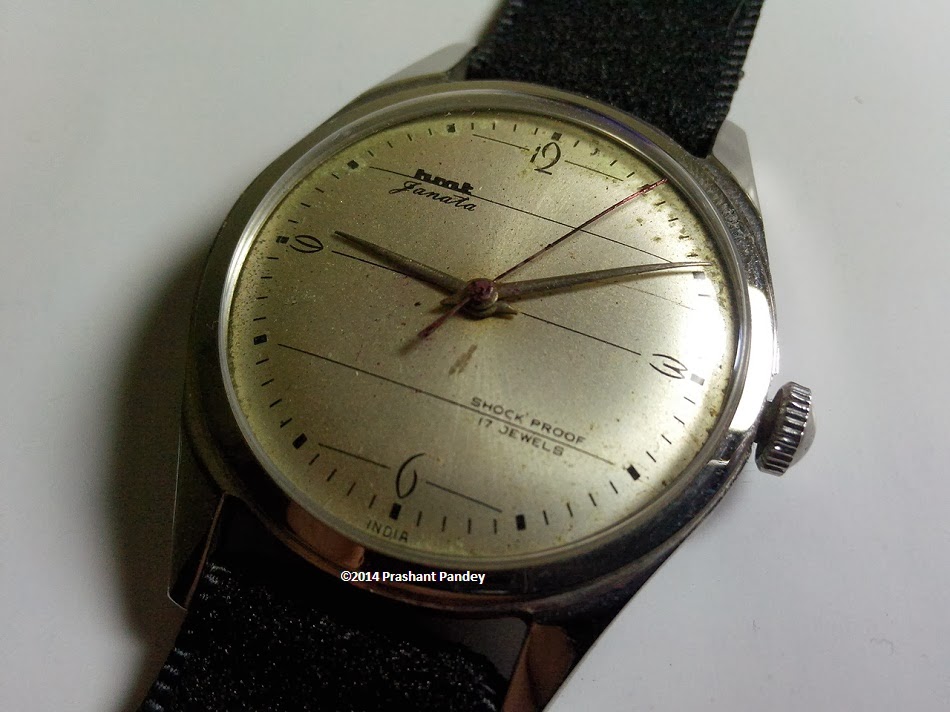
Among the first watches to be made by HMT, the Janata was a favourite of Prime Minister Indira Gandhi. This winding watch was plain, affordable and had more than 25 variants. Janata watches have been known to tick on for more than 40 years.
Pilot
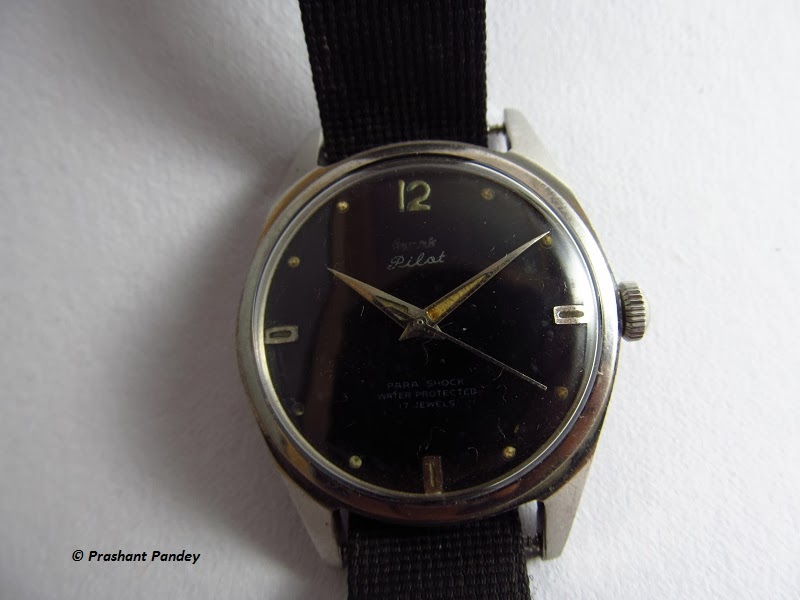
The Pilot, along with Jawan, Sainik and Rakshak, were synonymous with the military. Though these were not specialised military watches, they were supplied to the Indian Army, Air Force and Navy, which were HMT’s biggest customers. The Pilot is a favourite of watch collectors.
Sona
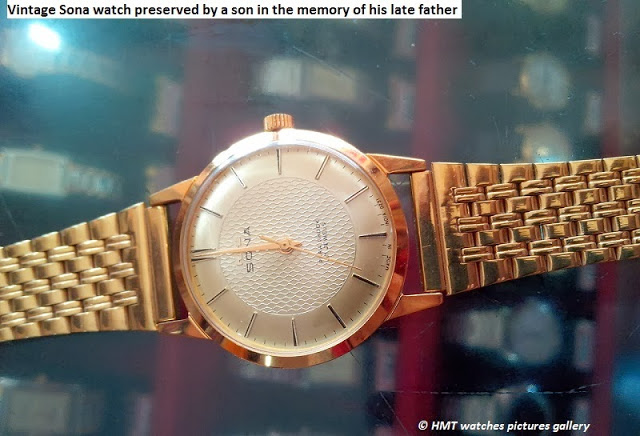
The quintessential dress watch, the Sona was a winding watch and the thinnest model made by HMT. It is known for its high-quality gold plating.
Kanchan
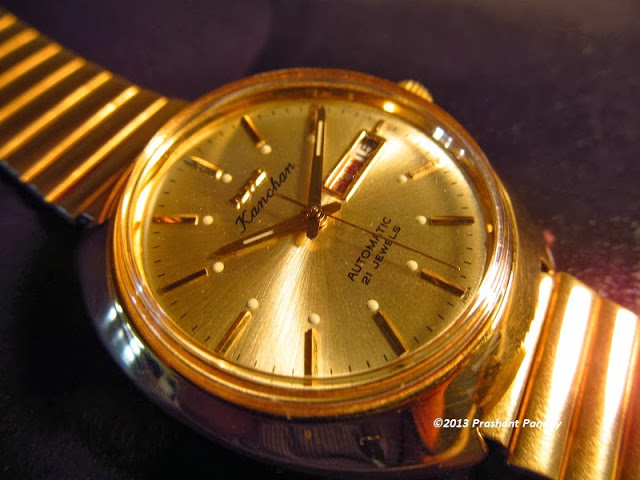
This automatic model was also known as the "dowry watch". Pandey recounts stories he has heard of people lining up outside HMT showrooms as early as 5 am with letters from various political leaders recommending that a Kanchan watch be given to the bearer of the letter. “If there was no Kanchan watch then the marriage would not happen,” said Pandey.
Astra
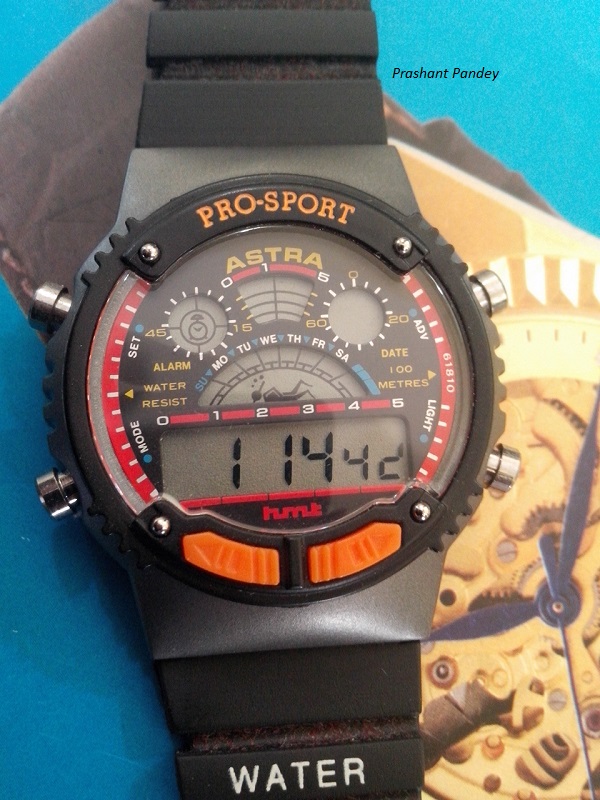
The Astra was the first HMT watch with a digital chronograph, a stopwatch combined with the display. Buyers were willing to pay a lot more than company price to get their hands on it.
Old HMT watches are still in high demand among collectors. Pandey runs a blog to help HMT watch seekers avoid getting fleeced in the online market and says he gets a large number of requests for help to find Pilot watches. The key to the HMT watch, Pandey says, is that it looks like “a new antique”.
Discontinued
Sony have finally released the replacement for the T610 in Europe, coming out with the rather snazzy looking T630, available in a translucent frosted silver case in Europe and a semi-translucent black case in the United States.
It's a definite improvement over the T610 model in two important areas. Firstly, the screen is much better, having been borrowed from the Sony Ericsson Z600 model - consumer feedback on the T610's screen was pretty poor, so this will be a definite improvement. The second area is the inbuilt digital camera, which can now support an output of 640x480 pixels - although it appears that this is done in software and the camera is still a 352x288 pixel device.
Overall, the enhancements are pretty minor, but they do overcome most of the T610's shortcomings. However, probably the key selling point is the T630's looks - the packaging is very reminiscent of the fashionable Apple iPod look and it's quite likely that this will be the main sales driver for this phone.
The phone comes with the usual things like Java, GPRS, games, predictive text and polyphonic ringtones, so no surprises there.
What is interesting is the timing of the phone's release. The T630 was launched in Asia in late November 2003, but in Europe Sony Ericsson were still pushing sales of the T610 and keeping the T630 very much under their hat - announcing the T630 would probably have killed sales of the T610 altogether. This is bad news for customers who have just bought a T610 for Christmas, on the back of Sony Ericsson's extensive TV and press campaign.
Initial launch in Europe is on the T-Mobile network. The phone is free on many pay monthly tariffs.


